Summary
When I started looking into minature device on which I could run Linux, I had a hard time finding a decent place to start. Without experience, it was difficult to tell which device I should be looking at, how they compare, and what they could run.
This will cover my experience in getting started with the BeagleBone devices and Grove.
BeagleBoard and BeagleBone
I was eventually streered towards the BeagleBone line of devices. As of November 2015, there are several devices in the BeagleBoard and BeagleBone line. I want to focus on BeagleBone Black, and BeagleBone Green, but before we get to those, I created a quick overview of some other BeagleBoard and BeagleBone devices. When searching for BBB and BBG, you'll occasionally run into builds or information specific to these:
| BeagleBoard | BeagleBoard xM | BeagleBoard X15 | BeagleBone Rev A | BeagleBone Black Rev B | |
|---|---|---|---|---|---|
| Price | $149 | $239 | $89 | $45 | |
| Availability | Introduced in 2009. | Introduced in June 2010. | Introduced in October 2015. | Introduced in 2011. Discontinued in ...? | Introduced in ...? Discontinued in 2014. |
| Processor | TI OMAP3530 720MHz 32-bit ARM Cortex-A8 | AM37x 1GHz ARM Cortex-A8 | TI AM5728 2x1.5 GHz ARM Cortex-A15 | AM335x 720MHz 32-bit ARM | AM335x 1GHz 32-bit ARM |
| Image | 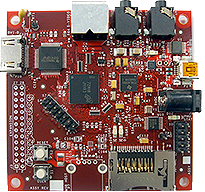 |
 |
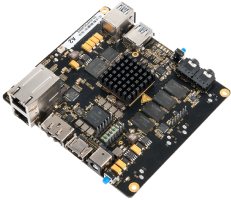 |
 |
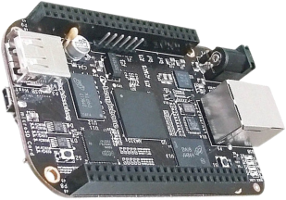 |
| Size | 3.1" x 3.0" or 79 mm x 76 mm | 3.25" x 3.25" or 82.6 mm x 82.6 mm | 4.2" x 4.0" or 107mm x 102 mm | 3.4" x 2.1" or 86 mm x 53 mm | 3.4" x 2.1" or 86 mm x 53 mm |
If not obvious, note that an ID-1 format credit card is 86 mm x 54 mm. With the exception of the newer X15, these devices have a smaller footprint than a standard credit card.
BeagleBone Black and BeagleBone Green
Now that we have those out of the way, here is some information on the BeagleBone Black (aka BBB) and BeagleBone Green (aka BBG). There are a few key differences between the two devices, and I've highlighted them here:
| BeagleBone Black Rev C | BeagleBone Green | ||
|---|---|---|---|
| Price | $55 | $39 | |
| Availability | Introduced in 2013. | Introduced in August 2015. | |
| Processor | AM335x 1GHz 32-bit ARM Cortex-A8 | AM335x 1GHz 32-bit ARM Cortex-A8 | |
| Memory | 512 MiB | 512 MiB | |
| EMMC (onboard flash) | 2GB | 2GB | |
| Video | micro HDMI | none | |
| Power | 3 possibilities:
|
2 possibilities:
|
|
| Grove connectors | none | Two connectors:
|
|
| Image | 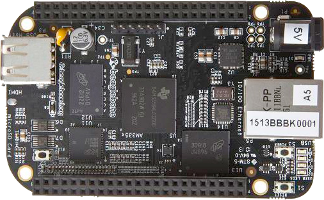 |
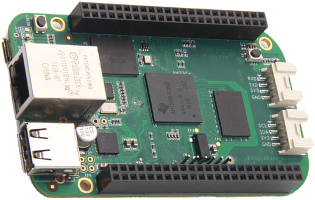 |
 |
| Size | 3.4" x 2.1" or 86 mm x 53 mm | 3.4" x 2.1" or 86 mm x 53 mm | 3.4" x 2.125" or 86 mm x 54 mm |
The biggest differences are the removal of the 5V jack and HDMI interface, as well as the addition of the two Grove connectors on the BBG.
Enclosures
Because of the 5V jack, HDMI, and Grove connectors, it is important to note that the enclosures for BBB and BBG are not interchangeable. But they're easy to find, and relatively cheap.
For example, here are two simple enclosures for BBB and BBG:
 BBB case from AdaFruit
BBB case from AdaFruit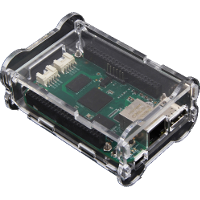 BBG case from Seeed Studio
BBG case from Seeed StudioRunning Linux
There are special builds of many common Linux distributions for ARM7 which will run on BBB and BBG. These include the necessary kernel patches specific to BeagleBone. While sites like elinux.org do have instructions on building the linux kernel from source, you can also download prebuilt Debian or Ubuntu installation images for the BeagleBone. I previously wrote another article on how I installed and setup Ubuntu on the BBB and BBG.
Grove
Which brings us to the topic of the Grove connectors. I wasn't familiar with Grove prior to playing with the BBG. Seeed Studio in Shenzhen, China, has created a line of sensors and devices with standardized connectors, which they call Grove. For example:
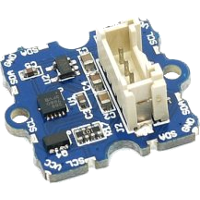 3-axis accelerometer
3-axis accelerometer  7-segment display
7-segment display 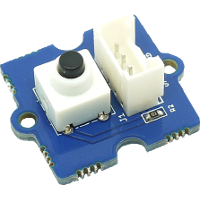 button
button 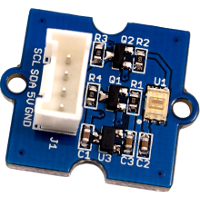 digital light sensor
digital light sensor 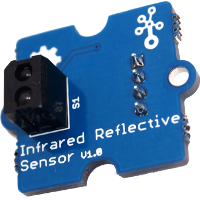 infrared reflective sensor
infrared reflective sensor 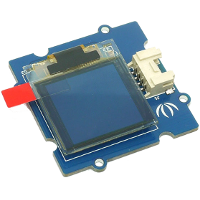 OLED
OLED 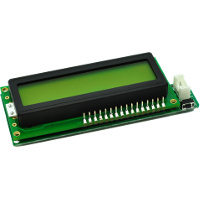 serial LCD
serial LCD 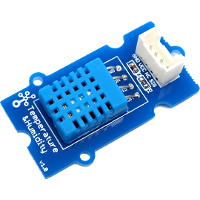 temperature and humidity sensor
temperature and humidity sensor A more detailed list of the hundreds of Grove sensors and devices is available from Seeed Studio's wiki.
Using Grove
Include details on using Grove.
